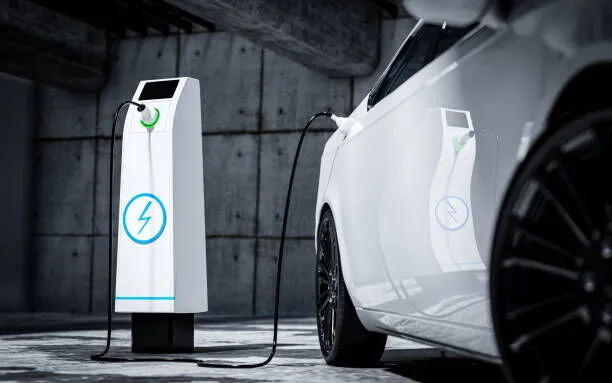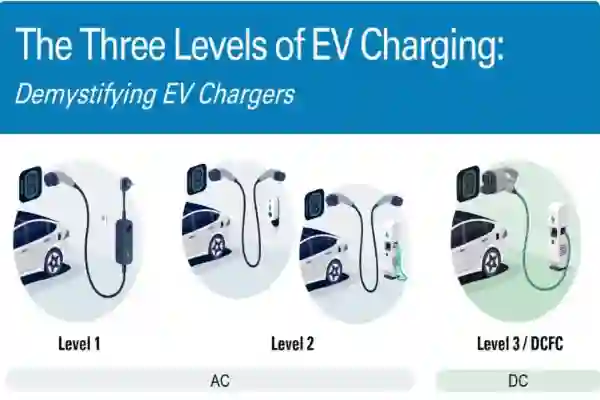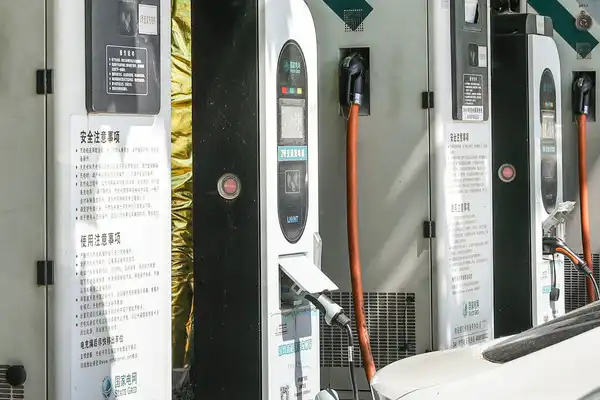EV Charging: Fundamentals, Types, and Operations
As electric vehicles (EVs) gain popularity, understanding the basics of EV charging becomes increasingly significant. Whether you're an EV owner, considering purchasing an EV, or simply curious about the technology, knowledge of EV charging is essential. This article delves into the fundamentals of EV charging, the types of EV chargers available, and how the process works to keep your electric vehicle operational.

EV Chargers: What Are They?
An EV charger is a device designed to supply electrical energy to recharge the battery of an electric vehicle. EVs rely solely on their batteries for power, unlike traditional vehicles that use gasoline or diesel. Regular recharging of these batteries is necessary to maintain the vehicle's functionality, making EV chargers crucial.
How EV Charging Works
The EV charging process involves several key steps to ensure safety and efficiency:
- Plugging In the Charger
The first step is connecting the charger to the vehicle's designated charging port. EVs come with compatible connectors that securely fit into the charging port.
- Power Transfer
Once connected, the charger transfers electrical energy from the power source (e.g., home electrical system or public charging station) to the EV's battery through the charging cable. This transfer is managed by the vehicle's onboard charging system.
- Battery Management
The vehicle's battery management system (BMS) monitors the charging process, ensuring the battery receives the correct amount of energy and preventing overcharging or overheating. The BMS communicates with the charger to regulate electricity flow and optimize charging speed based on the battery's current state.
- Charging Levels
EV charging is typically categorized into three levels, each with different power outputs and charging times.
- Completion of Charging
Once the battery reaches full capacity or the desired charge level, the charger automatically stops the power transfer. The EV can then be unplugged and is ready for use. Some EVs and chargers offer features like delayed charging, which starts at a specific time to benefit from lower electricity rates during off-peak hours.
Types of EV Chargers
EV chargers are categorized primarily by their power output and charging speed. Understanding these types is essential for EV owners to determine the best charging solution for their needs.
| Level 1 | Level 2 | Level 3 | |
|---|---|---|---|
| Type of Current | AC | AC | DC |
| Voltage | 120V | 240V | 480V |
| Connector Type | J1772 | J1772 | CCS1 |
| Average Charge Time (from empty)* | 11-20 hours | 3-8 hours | 30-60 minutes |
| Use | Slow | Fast | Fastest |
Level 1 Chargers
- Power Source: Standard 120-volt AC household outlet.
- Charging Speed: Adds about 2-5 miles of range per hour of charging.
- Installation: No additional installation required; every EV includes a Level 1 charger that plugs into a standard wall outlet.
- Best Use Case: Overnight charging and low-mileage daily driving.
- Connector Type: J1772 or Tesla connector (included with the vehicle).
Level 2 Chargers
- Power Source: 240-volt AC outlet, similar to those used for large household appliances like dryers.
- Charging Speed: Adds 10-60 miles of range per hour, varying by vehicle battery capacity and charger specifications.
- Installation: Requires installation by a qualified electrician and can be hardwired or plugged into an existing 240-volt outlet.
- Best Use Case: Quick charging, capable of fully charging an EV from empty in 8-10 hours.
- Connector Type: J1772 or Tesla connector (included with the vehicle).
Level 2 chargers are popular for both home and public charging stations, providing convenient and efficient charging options.
DC Fast Chargers (Level 3)
- Type of Current: DC.
- Voltage: Typically 480V.
- Charging Speed: Recharges an EV battery to 80% in as little as 20-30 minutes.
- Best Use Case: Long-distance travel or quick top-ups.
- Connector Type: CCS1 or other proprietary connectors.
DC fast chargers are found at public charging stations along highways or in urban areas, ideal for rapid recharging.
Ultra-Fast Chargers
As EV technology advances, ultra-fast chargers are becoming more common. They offer even higher power outputs than traditional DC fast chargers, significantly reducing charging times. While not yet widespread, ultra-fast chargers are expected to play a crucial role in future EV infrastructure.
Conclusion
EV charging is a vital aspect of electric vehicle ownership. Understanding how it works is essential for both current and prospective EV owners. From basic operations like plugging in the charger to advanced technologies behind battery management and charging speeds, the process is designed for safety, efficiency, and convenience. With various types of chargers available, from Level 1 for home use to ultra-fast chargers for rapid recharging, there's an option to suit every need. As EV adoption rises, the availability and variety of charging options will expand, making EV ownership more accessible and practical for a broader audience.

